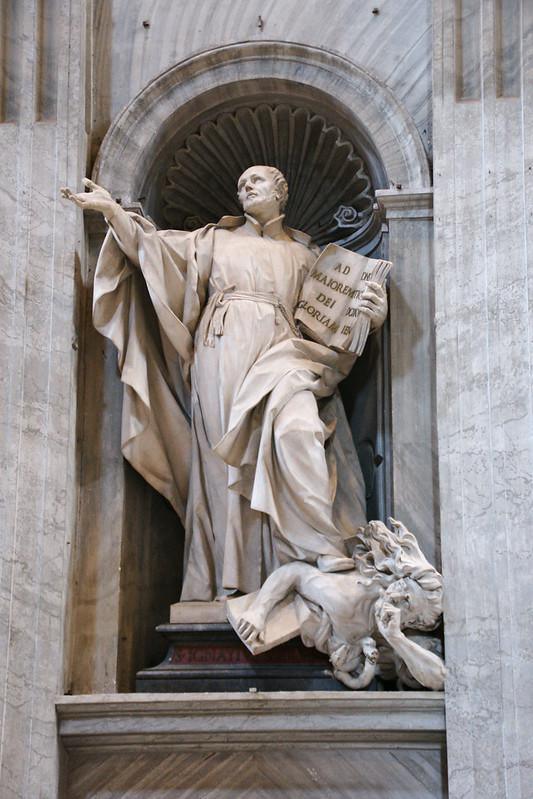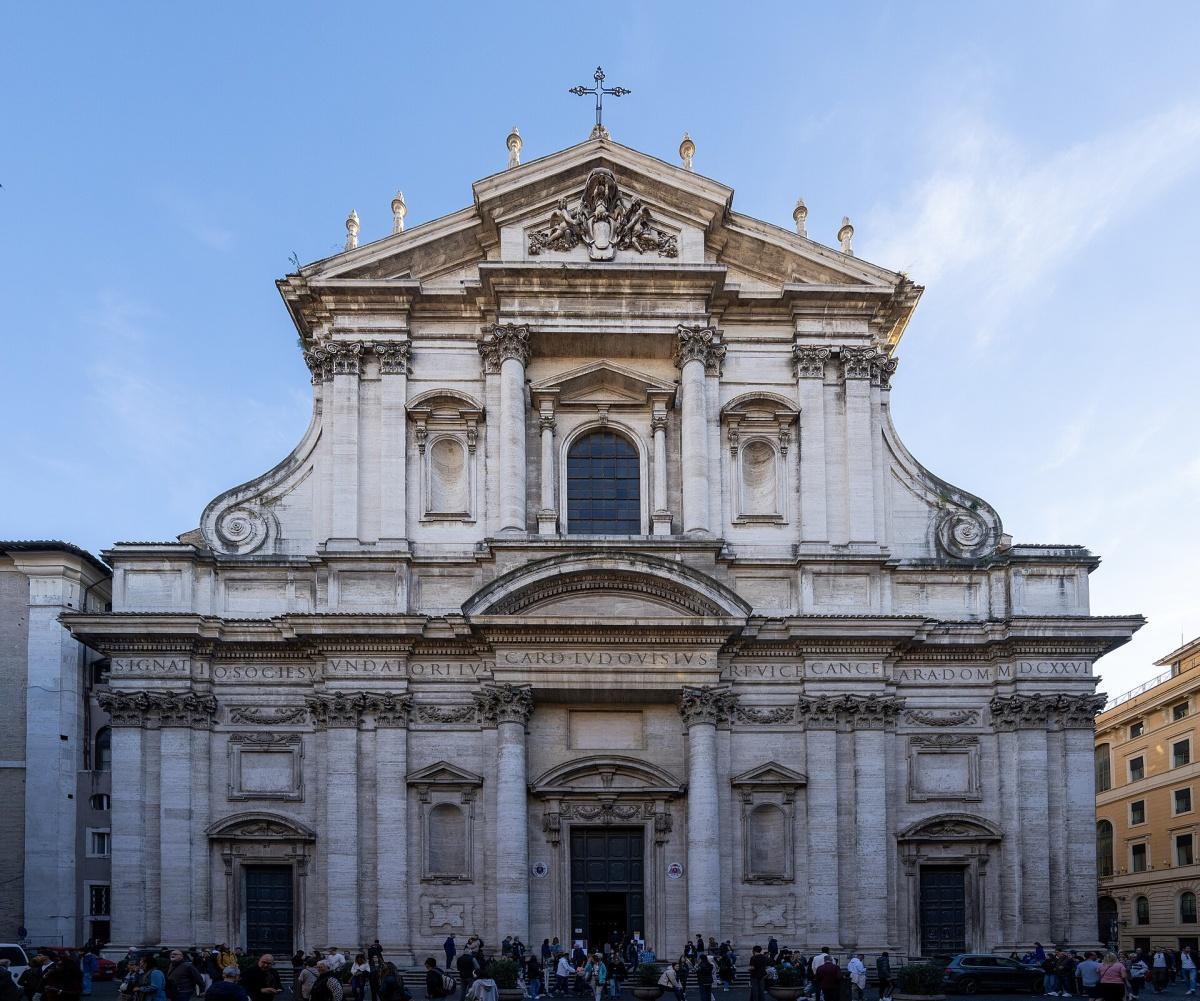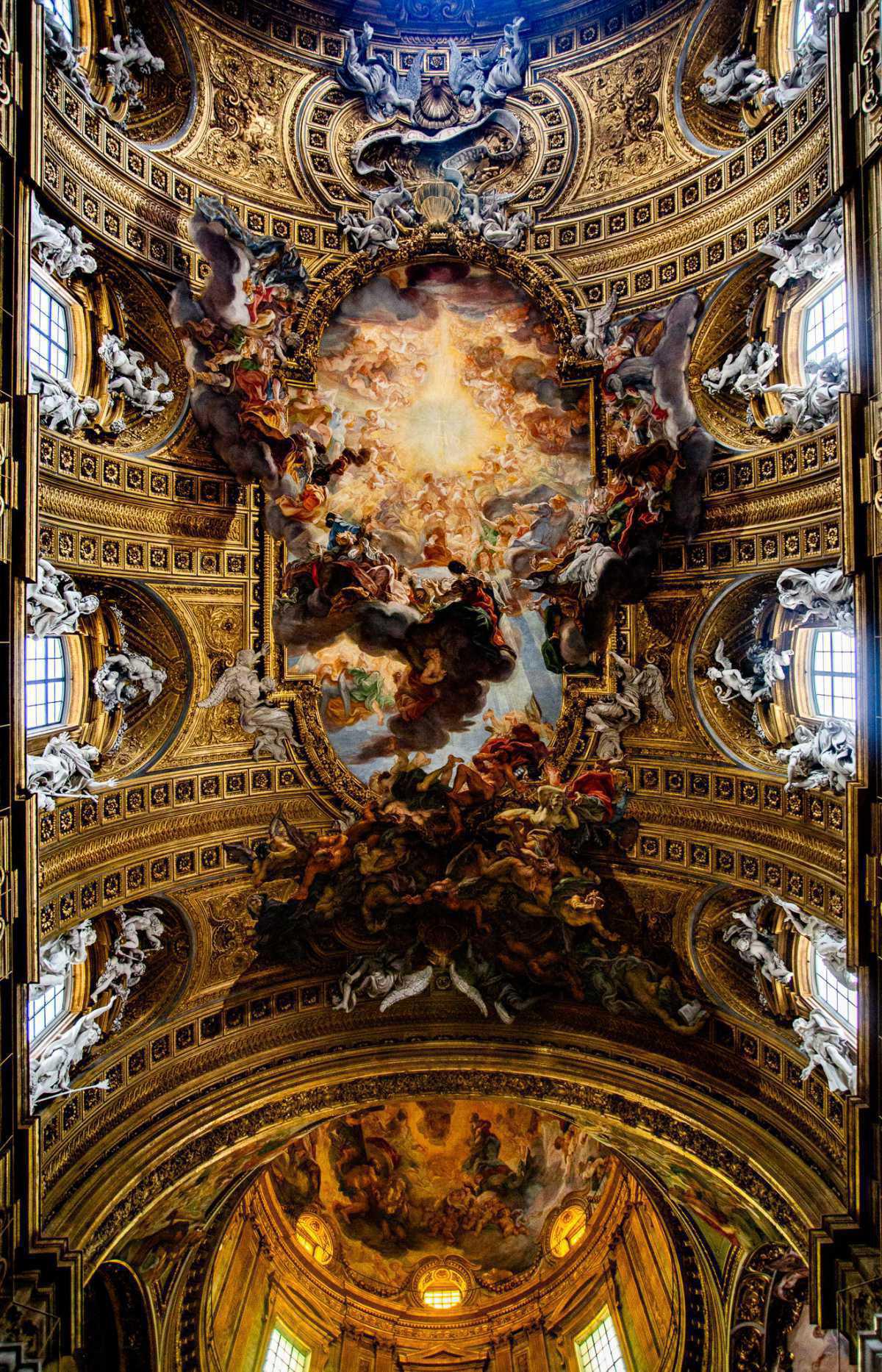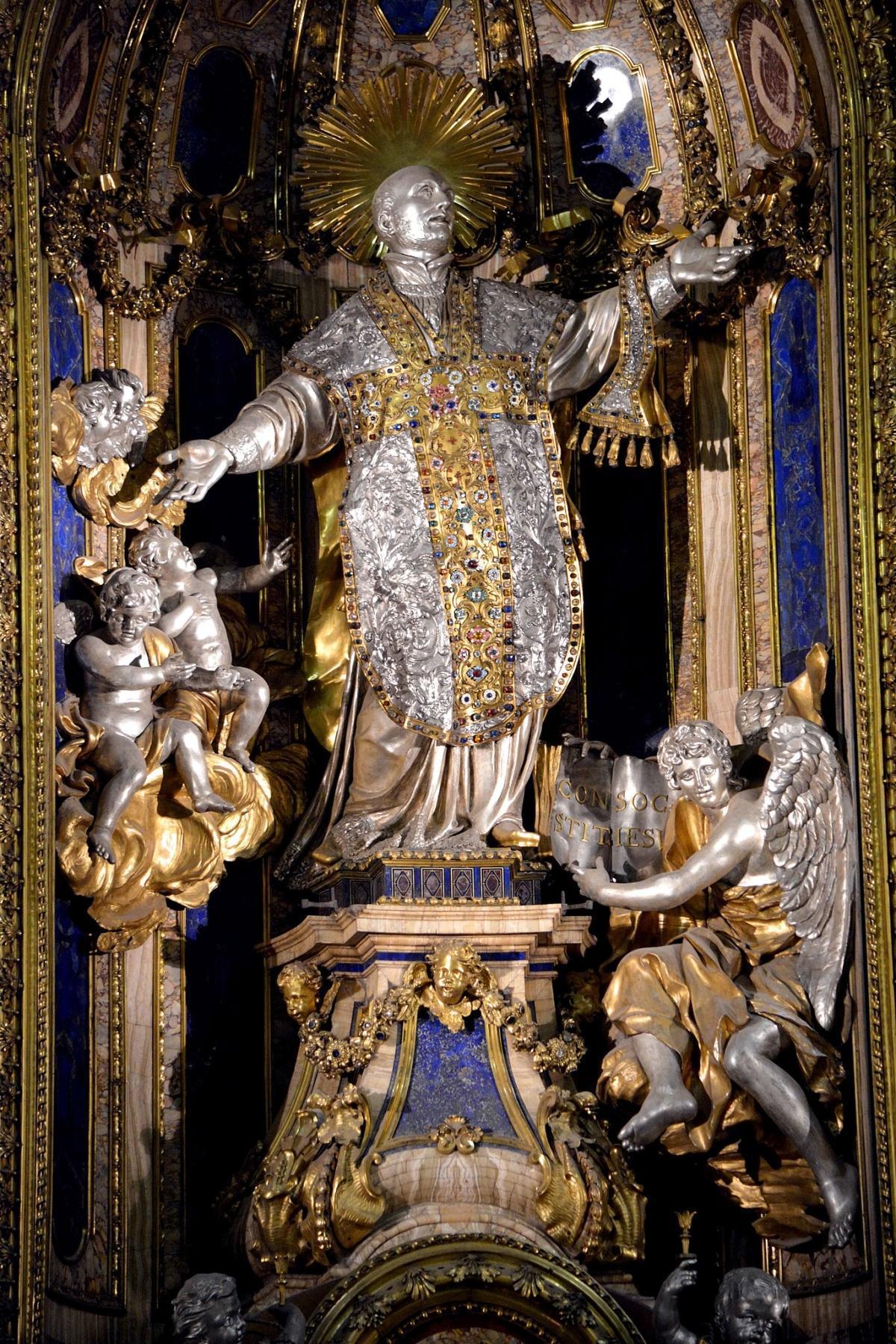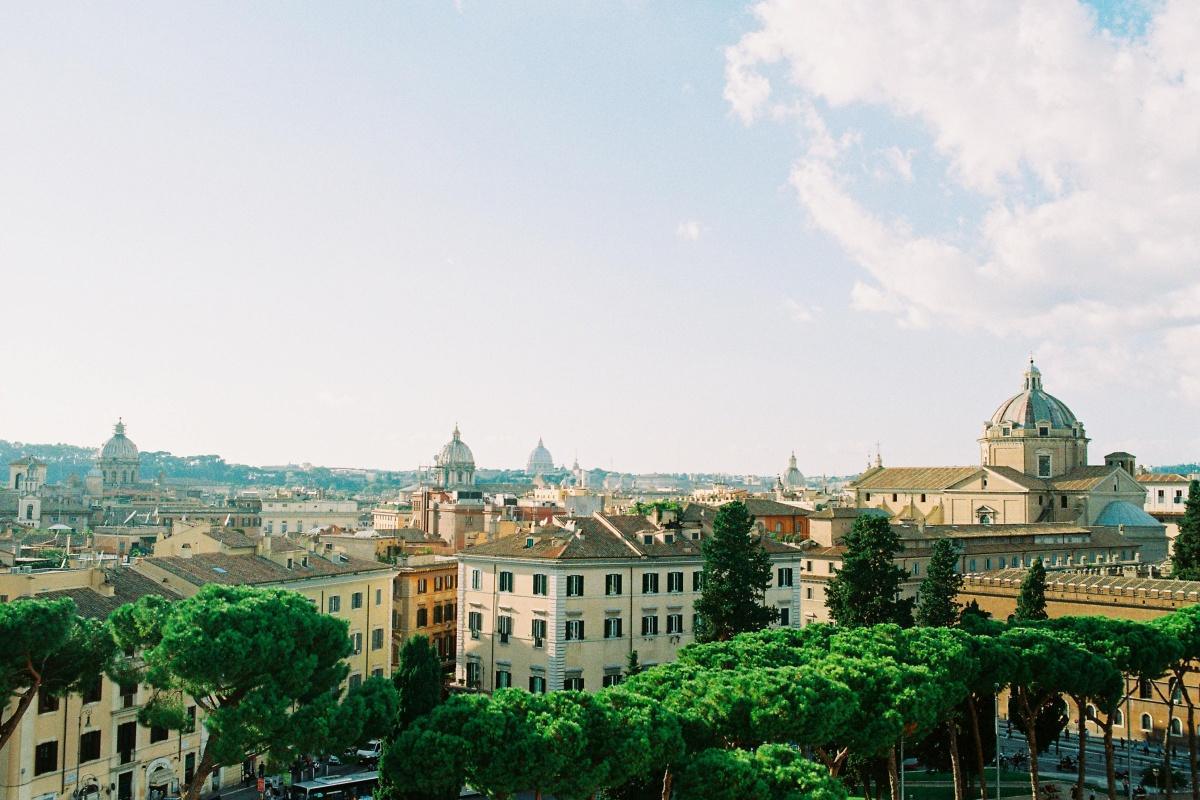The Man Who Chose Poverty Over Wealth
Open Map
Saint Ignatius was born in 1491 and came from a noble, wealthy family. Because of his family's high ranking, he had many connections. He became a page for Juan Velazquez de Cuellar, treasurer of the kingdom of Castile. He then became a knight and joined the military. This life of his shortly ended due to being injured by a cannonball. His injury was a blessing in disguise because, without it, he would not have converted.
Ignatius, to comfort himself, read books about heroes. Yet, when he was healing in the hospital, the only books that were available were of the saints, and a book about the life of Christ. He became fascinated by the way these people lived so differently from the world. They became heroes to him, replacing the stories of men in battle.
After he fully healed in the hospital, he started to begin his new life. The saints and Jesus made him realize that the materialistic world was nothing compared to what God had to offer. He began making changes, leaving his sword at the altar of a church, and changing his nice clothes for ragged ones. Leaving his whole life behind, he stayed in a cave for eleven months to pray. In that cave, he developed the Spiritual Exercises.
The Spiritual Exercises is not your typical book, not something you would read front to back, but more of a handbook you would go to for spiritual guidance. Many spiritual directors use it as a tool to help others understand God's voice. Saint Ignatius wrote this book when he was filled with so many different emotions while reading the bible. He processed them by writing down his thoughts. The book is divided up into four parts, or as Ignatius called them, weeks.
After he finished writing The Spiritual Exercises, he was called to join the priesthood. However, Ignatius did not have the proper schooling to join the seminary, so he had to go back to school where he learned alongside children. After finishing school with the youngins, he went on and studied at the University of Paris from 1528 to 1535, where he introduced his writings to some of his peers.
His life at the University of Paris was the start of The Society of Jesus. Ignatius roomed with two men who helped form the society, Saint Francis Xavier and Saint Peter Faber. The society started to grow, in 1540 four more men joined. In the same year Pope Paul III made the society an official order in the Catholic Church.
Learn more about the Life and Works of St. Ignatius
Church of Saint Ignatius
The Church of Sant'Ignazio di Loyola stands as a tribute to Saint Ignatius, the founder of the Society of Jesus. Built in the 17th century, this grand Baroque church reflects the spiritual and intellectual legacy of the Jesuits in Rome.
Its most striking feature is the painted ceiling by Andrea Pozzo, an illusionistic masterpiece that gives the impression of a soaring dome, though the church lacks an actual one. This technique, known as trompe-l'œil, extends the architectural space beyond its physical limits, drawing the viewer’s eye heavenward.
Beneath a side altar rest the relics of Saint Aloysius Gonzaga, a Jesuit seminarian known for his holiness and self-sacrifice. His presence adds to the church’s deep spiritual significance. Visitors can also admire Pozzo’s perspective paintings in the side chapels, which further showcase the ingenuity of Jesuit artistry.
Sant'Ignazio remains a place of prayer and contemplation, inviting the faithful to marvel at its beauty while reflecting on the legacy of the Jesuit order.
Chiesa del Gesú
The Church of the Gesù, the mother church of the Society of Jesus, stands as the epitome of Baroque art and devotion. Built in 1568, it embodies the spiritual and artistic response of the Jesuits to the Protestant Reformation, designed to inspire faith through grandeur.
The high ceilings, adorned with golden arches and intricate carvings, lead the eye toward the opening of the heavens, where angels twirl and sing, surrounded by billowing clouds and radiant beams of light. The ceiling fresco, a masterpiece of illusion and movement, invites the faithful to contemplate the glory of God and the triumph of the Church.
At the heart of the basilica lies the tomb of St. Ignatius of Loyola, the founder of the Jesuits, enshrined in a magnificent altar reflecting his legacy of spiritual discipline and missionary zeal. The church also holds the relics of St. Francis Xavier, the great Jesuit missionary, who carried the Gospel across Asia.
A place of prayer and artistic wonder, Chiesa del Gesù remains a center of Jesuit spirituality, where the beauty of Baroque art meets the profound devotion of the Society of Jesus.
See Also:
Rome Highlights - Self Guided Tour
Rome, the Eternal City. With thousands of years worth of history, deciding between hundreds of churches can be a daunting task. But don’t worry, it is absolutely possible to get a taste of Rome in just a few days. The EWTN Travel team picked 15 top spots around the city. In the video, we show you how you can see them all in three days. Let’s get started.
Stay Connected:
Sign up and get weekly updates with new locations, itineraries and videos.


